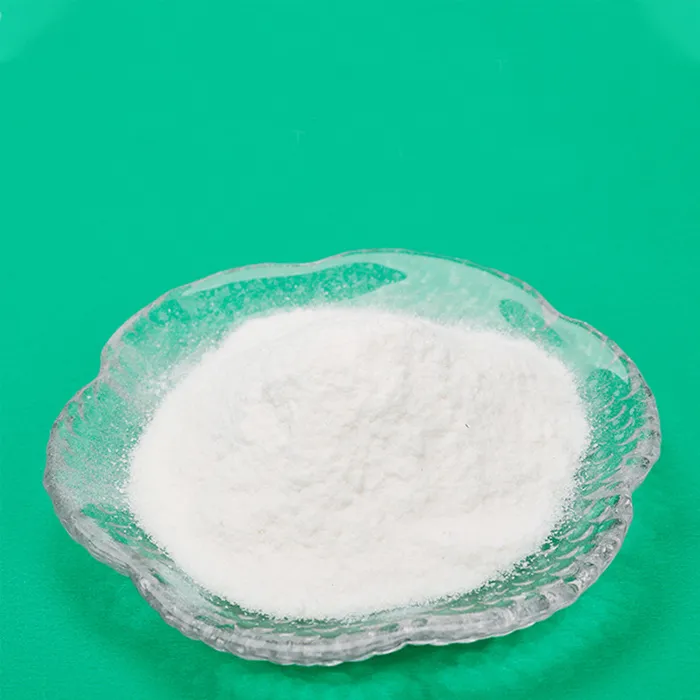Ethylene Glycol Diacetate An Overview
Introduction
Ethylene glycol diacetate, commonly known as 1,2-ethanediol diacetate, is a chemical compound featuring two acetate groups attached to an ethylene glycol backbone. This synthetic compound has garnered attention in various industrial applications due to its unique properties and potential benefits. Here, we will explore the characteristics, applications, and potential implications of ethylene glycol diacetate in the chemical industry.
Chemical Structure and Properties
Ethylene glycol diacetate is an organic ester characterized by its molecular formula C6H10O4. Structurally, it consists of two acetyl groups (—COCH3) attached to a central ethylene glycol moiety (—CH2—CH2—O—). This arrangement contributes to its physical and chemical properties, which include a relatively low boiling point, good solubility in organic solvents, and moderate viscosity.
The presence of the acetate groups contributes to the compound's reactivity, making it a useful intermediate in various chemical synthesis processes. Its volatility and low toxicity further enhance its appeal in industrial applications, particularly in formulations that require lower environmental and health risks.
Industrial Applications
1. Solvent in Formulations One of the prominent applications of ethylene glycol diacetate is as a solvent in coatings and paints. Its ability to dissolve various resins and pigments allows for the formulation of products with improved stability and performance. The use of ethylene glycol diacetate in such applications helps in achieving a smooth finish and enhances the durability of the coatings.
1 2 ethanediol diacetate

2. Chemical Intermediate Ethylene glycol diacetate serves as an important intermediate in the synthesis of several chemical compounds. It can undergo hydrolysis, yielding ethylene glycol, which is widely utilized in the production of antifreeze, plastics, and other materials. The versatility of ethylene glycol diacetate permits its use in multiple synthetic routes, thereby fostering innovation in chemical manufacturing.
3. Plasticizer Another significant application of ethylene glycol diacetate is as a plasticizer. In polymers, it enhances flexibility, workability, and durability, contributing to the overall performance of plastic materials. By incorporating ethylene glycol diacetate into polymer formulations, manufacturers can create products that resist cracking and degradation, extending their lifespan.
4. Perfume and Fragrance Industry Due to its pleasant odor profile and solubility, ethylene glycol diacetate is also used in the fragrance industry. It acts as a carrier for essential oils, facilitating their diffusion and enhancing the longevity of fragrances in various products, including perfumes, lotions, and cleaning agents.
Environmental and Safety Considerations
Despite its advantages, the use of ethylene glycol diacetate is not without concerns. As with many chemical compounds, the environmental impact of its production and disposal must be considered. While ethylene glycol diacetate is regarded as having low toxicity, proper handling and regulatory compliance are imperative to mitigate potential health risks. Manufacturers and users are encouraged to adhere to safety guidelines, ensuring the safe use and disposal of the compound to minimize environmental harm.
Conclusion
Ethylene glycol diacetate, or 1,2-ethanediol diacetate, represents a versatile compound in the chemical industry, with applications ranging from solvents and plasticizers to key intermediates in chemical synthesis. Its unique structure and beneficial properties make it a valuable ingredient in various formulations, enhancing performance and stability. As industries continue to evolve, the demand for such compounds is likely to grow, driving further research and development in sustainable chemical processes. While recognizing its advantages, it is essential to prioritize safety and environmental responsibility in the use of ethylene glycol diacetate, ensuring a balanced approach to innovation and sustainability.

